Wax Works
Candles aren’t a new product to hit retailers’ shelves: In fact, candles have been around for more than 5,000 years. The earliest candles were highly functional, used to light homes, aid travelers and celebrate religious ceremonies. While not needed as a primary light source any longer, present-day candles are still used in celebration, and in addition, they have entered the realm of home décor.
With a variety of styles, scents, colors and price points, candles are an easy way to accessorize and create ambiance in and around homes and retail outlets. Garden centers may find that carrying candles in the store can create inviting atmospheres, compliment their existing gift departments and please candle-loving shoppers.
State Of The Industry
Most Americans like candles: They are used in seven out of 10 U.S. homes, and two-thirds of all candle purchasers say they use candles at least once a week, according to the National Candle Association. As Americans use candles frequently throughout the year, most candle sales 65 percent are non-seasonal purchases. The National Candle Association finds that the remaining 35 percent of sales occur during the winter holiday season.
This year-round popularity fuels a healthy industry. The National Candle Association estimates annual U.S. retail sales of candles at approximately $2 billion, excluding candle accessory sales. In July 2005, Forbes magazine described the market as “strong” and placed the industry total at $3 billion.
The success of candle companies such as the Yankee Candle Company is a testament to the health and popularity of the industry. Forbes reported that Yankee leads the candle industry with an 18-percent share. The company’s earnings rose 11 percent in 2004, and 90 new store locations were planned over 2005 and 2006.
Overall, “there are more than 400 commercial, religious and institutional manufacturers of candles in the United States, in addition to scores of small craft producers for local, non-commercial use,” states the National Candle Association. Candle products can be found in many different retail outlets from mass merchandisers to specialty gift shops and prices can range anywhere from $.50 for a votive to more than $200 for artisan candles.
Candle Basics
There are 11 basic categories of candles: tapers, votives, pillars, jar or container candles, tealights, gels, floating candles, outdoor candles, novelty candles, utility candles and birthday candles. Of these, votives, container candles and pillars are currently most popular with American consumers, according to the National Candle Association. Ronni Emrich, director of marketing of Colonial Candle, Des Plaines, Ill., agrees that container candles and pillars are the best-selling items. “Consistently year after year, you’ll see that the strongest performing format is the jar or container candle. However, what we see happening now is an upswing in pillars,” said Emrich. She feels the surge in pillar candles is because that format is used a lot for decorating.
Decorating with candles is a quick, affordable way for consumers to dress up a room. Candlescaping the displaying of multiple candles at varying heights in a room or home is becoming increasingly popular as a means of home and yard décor. “Approximately one in five women say they use candles to decorate the yard, patio or other exterior areas, as well as the interior of their home,” states the National Candle Association.
In addition to being a fashion accessory, candles are also used for aromatherapy purposes. In fact, fragrance is the most important characteristic influencing candle purchases. The National Candle Association reports that three-fourths of candle buyers say fragrance is “extremely important” or “very important” in their candle selection. “When it comes to candles, it’s fragrance, fragrance, fragrance. That’s number one,” said Emrich. She also described two other trend categories that consumers notice: candle format (shape and type) and color.
In The Store
Having a burning candle at the cash wrap or featured in a display can help create an inviting atmosphere in the garden center: “Nine out of 10 candle users say they use candles to make a room feel comfortable or cozy,” reports the National Candle Association. The pleasing aroma and warm glow of a candle may entice customers to browse longer or take more notice of candle displays.
Of course, be sure to always practice safety with an open flame in a retail setting and encourage customers to burn candles safely at home. In addition to standard safe candle practices, when using candles in a store, place burning candles in large, secure, fireproof containers; this will prevent customers from accidentally coming in contact with flames.
Typically, Emrich finds that candles are most frequently merchandised with other home decoration items such as picture frames, though consumers burn candles throughout the home in the kitchen, living room, bathroom, bedroom and outdoors. Because of this broad use, candles can be cross-merchandised with other product categories as well. For instance, incorporate some candles into outdoor living displays or bath and body areas. Cross-merchandising is a good way to remind customers of the many uses of candles and, most importantly, that you carry them. Also try creating candlescaping displays throughout your store, not just in the gift section, to show customers how candles can be used for home décor.
Candles And Consumers
Ultimately, carrying candles in your garden center can give your main consumers more of what they like. Women, the most frequent garden center shoppers, are also the main purchasers of candles: “Manufacturer surveys show that more than 95 percent of all candles are purchased by women,” states the National Candle Association.
Emrich feels that, unlike gender, there is not one set age demographic of candle purchasers. “It is a pretty broad spectrum of people when you’re looking at the whole candle world in general: I think it [age] is typically 18-55. There’s not one strong demographic, though it does fall off after 55.”
Candles are a good option for gift shoppers as well. The National Candle Association finds that candle purchasers (both men and women) feel candles are appropriate gifts for holidays, house warming parties, hostesses, thank yous and birthdays. The range of prices available makes them an easy add-on to other gift items. Have employees match fragrant plants with corresponding candle scents and colors for unique gift possibilities.
An important factor to consider is that candles don’t last forever in consumers’ homes: They are purchased and used, which means consumers need to continually buy more. Additionally, consumers who find a favorite fragrance are likely to stock up on it: “Often times the consumer will buy multiple formats in the same fragrance because they love that fragrance and want it all over. We call that fragrance layering taking one fragrance and spreading it across all kinds of formats at your home,” explained Emrich. The bottom line is that consumers who find a favorite candle brand or scent at your store are likely to return to purchase additional candles.

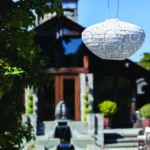

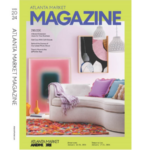
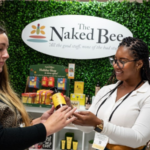

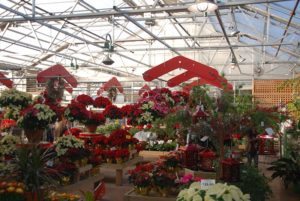
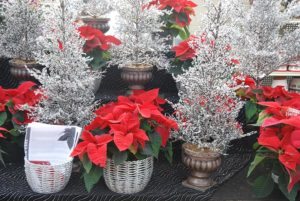
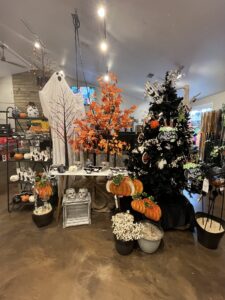


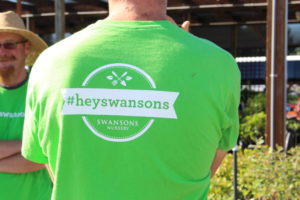




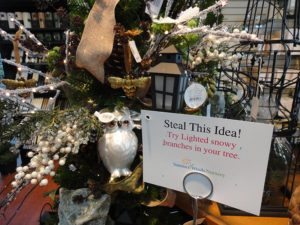
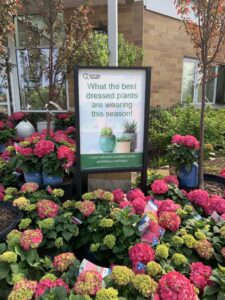
 Videos
Videos





